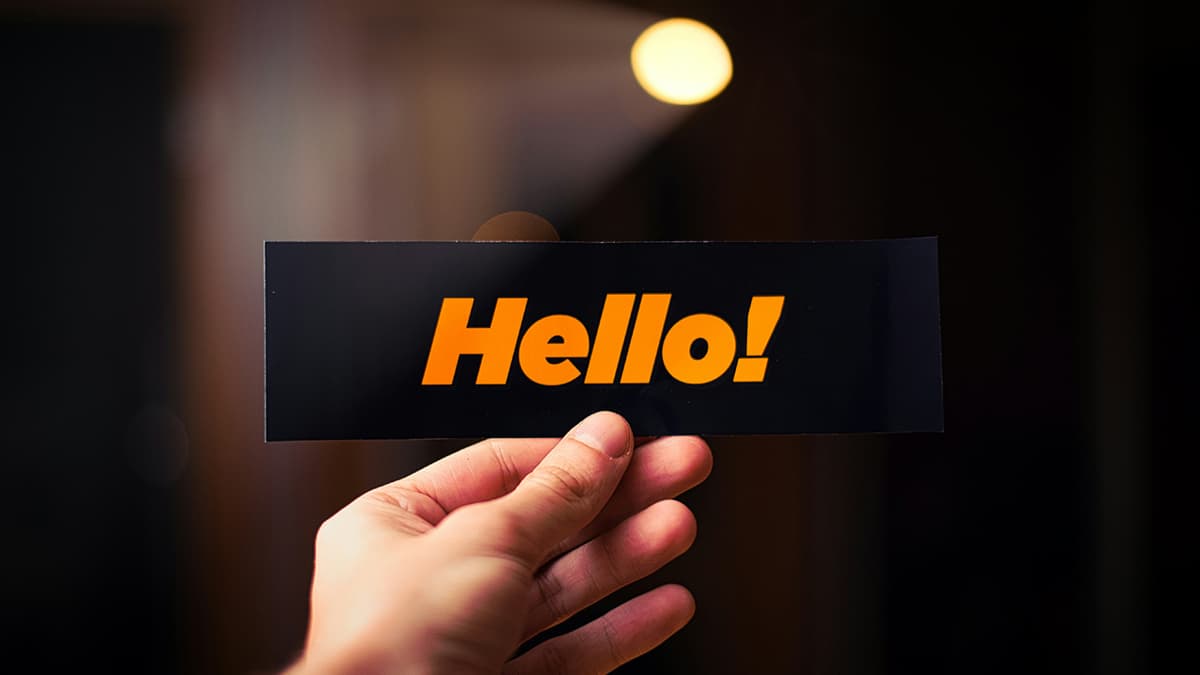Unlocking the Power of JavaScript: Answering the Question, "How Can I Add Event Listeners in HTML?"
In the vast universe of web development, JavaScript stands tall as one of the fundamental pillars upon which a website is built. One of the recurring questions that budding developers often ask is how to effectively add event listeners in HTML using JavaScript. Understanding the intricacies of event listeners is crucial for creating interactive and dynamic web applications that respond to user actions seamlessly.
The Basics: What are Event Listeners?
Event listeners in JavaScript serve as the bridge between the user's actions and the website's response. They enable developers to "listen" for specific events, such as a mouse click, keyboard input, or page load, and execute pre-defined functions in response to these events. By adding event listeners to HTML elements, developers can enhance user experience by creating interactive features like buttons, form validations, animations, and much more.
Getting Started: Inline Event Listeners
The simplest way to add an event listener in HTML is by using inline event handlers. These handlers are added directly within the HTML tags and execute JavaScript code when the specified event occurs. For example, to trigger an alert message upon clicking a button, you can use the onclick attribute as follows:
Html
While inline event listeners are straightforward to implement, they are not the most recommended approach for larger projects due to their limitations in scalability and maintainability.
Embracing Best Practices: Using External JavaScript
To achieve cleaner and more maintainable code, developers often opt for adding event listeners using external JavaScript files. By separating the JavaScript logic from the HTML markup, it becomes easier to manage the codebase and adhere to best practices. To add an event listener using an external JavaScript file, first, create the JavaScript file (e.g., script.js) with the following code:
Javascript
Next, link the external JavaScript file to your HTML document using the <script> tag:
Html
In this example, the event listener is added to a button with the ID myButton, triggering an alert message upon clicking the button. This approach allows for greater flexibility and reusability of code across multiple HTML pages.
Diving Deeper: Understanding Event Propagation
Event propagation, also known as event bubbling and capturing, is a crucial concept to grasp when working with event listeners in JavaScript. When an event occurs on a particular HTML element, it triggers not only on that element but also on its parent elements in the DOM tree. Understanding the flow of event propagation helps in effective event handling and preventing unintended interactions within the document.
To stop the event from propagating further, you can use the event.stopPropagation() method within the event listener function. This prevents the event from reaching parent elements after being triggered on a specific element.
Exploring Event Delegation: A Powerful Technique
Event delegation is a powerful technique in JavaScript that allows developers to handle events on multiple child elements by listening for the event on a common parent element. This approach is particularly useful when dealing with dynamic content or a large number of elements that require similar event handling.
By using event delegation, you can improve performance and reduce memory consumption by attaching a single event listener to a parent element instead of attaching individual event listeners to each child element. This technique simplifies the code structure and enhances the scalability of your web application.
Javascript
In this example, the event listener is added to the parent element parentElement, and the actual event handling logic is implemented based on the clicked child element. Event delegation proves to be a valuable asset in optimizing event handling for dynamic web applications.
Leveraging Modern Techniques: Using Event Listeners with ES6 Syntax
With the evolution of JavaScript, ES6 introduced arrow functions and template literals that streamline the syntax and enhance code readability. When adding event listeners using ES6 syntax, the code becomes more concise and expressive, making it easier to understand and maintain.
Javascript
By leveraging ES6 features like arrow functions, template literals, and destructuring assignments, developers can write cleaner and more efficient event handling code in JavaScript. Embracing modern techniques not only enhances productivity but also future-proofs the codebase for upcoming advancements in the language.
Moving Forward: Continuous Learning and Practice
Mastering the art of adding event listeners in HTML using JavaScript is a gradual process that requires consistent learning and practice. By exploring advanced concepts, experimenting with different techniques, and staying updated with the latest trends in web development, developers can unlock the full potential of JavaScript and create captivating web experiences for users.
As you embark on your journey to perfecting event handling in JavaScript, remember that persistence and curiosity are your greatest allies. Embrace challenges, seek inspiration from the vibrant developer community, and let your creativity flourish as you delve deeper into the realm of web development.
Crafting seamless user interactions and engaging functionalities through event listeners is not just a task; it’s a rewarding journey towards mastering the dynamic nature of the web. Step into the world of JavaScript with confidence, and let your code speak volumes about your passion for creating exceptional web applications.












